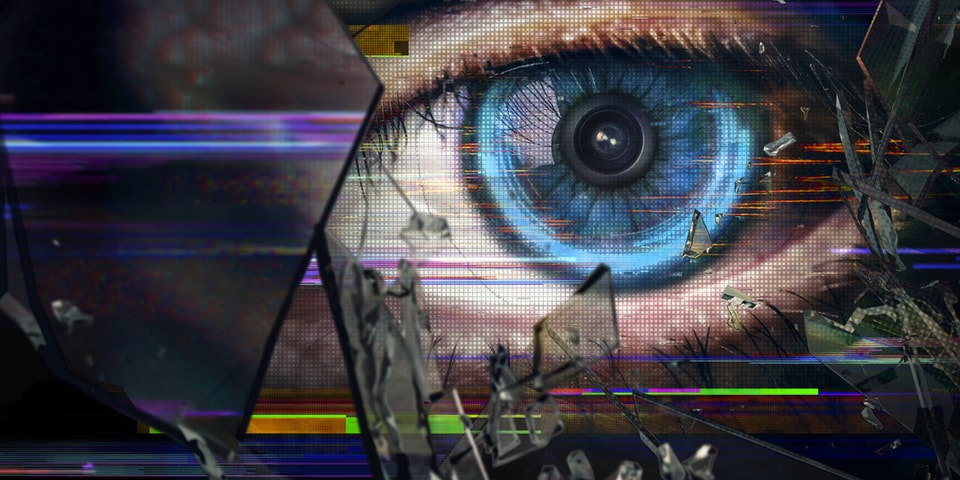JAKARTA, cssmayo.com – Dystopianism: Warnings of a Future Shaped by Unchecked Tech isn’t just a fancy headline—this stuff gets real, fast. I’ve watched enough Black Mirror episodes and trust me, as wild as those plots are, they hit way too close to home. But it’s not just TV—we’re already seeing bits of dystopia right around us. Let’s dive into the mess and learn together, yeah?
When visions of a perfectly ordered world tip into surveillance states, human agency erodes—and that’s the heart of Dystopianism in tech. From Orwell’s omnipresent telescreens to today’s facial-recognition cameras, these cautionary tales reveal how breakthroughs can backfire. This guide breaks down the drivers, real-world examples, and practical steps you can take to ensure our digital future doesn’t slip into dystopia.
What Is Technological Dystopianism?

Dystopianism refers to narratives or forecasts of societies where oppressive systems—often powered by technology—curtail freedom, privacy, or well-being. Key characteristics include:
- Centralized surveillance and data extraction
- Algorithmic decision-making without human oversight
- Loss of individual autonomy and consent
- Inequitable access to resources amplified by tech
Timeline of Dystopian Tech Warnings
| Era | Warning Source | Core Message |
|---|---|---|
| 1927 | Film “Metropolis” | Class division enforced by machines |
| 1949 | Orwell’s “1984” | Big Brother watches every move |
| 1953 | Bradbury’s “Fahrenheit 451” | Censorship and media control |
| 2013 | Snowden’s NSA revelations | Mass metadata collection without warrant |
| 2018 | Cambridge Analytica scandal | Micro-targeted political manipulation via data |
| 2023+ | AI deepfake proliferation | Erosion of truth and trust in media |
Core Drivers of a Tech-Fueled Dystopia
- Surveillance Capitalism
• Monetizing personal data through constant monitoring. - Autonomous Decision Systems
• AI models making high-stakes calls without transparency. - Biometric & Geo-tracking
• Face, gait, and location data tied to individual identities. - Networked Infrastructure
• IoT backdoors creating new attack surfaces.
Why You Should Care
- Erosion of Privacy
• Your online footprint becomes a ledger for profiling. - Amplified Inequality
• Algorithmic bias can systematically disadvantage vulnerable groups. - Democratic Decay
• Automated propaganda and echo chambers undermine civic discourse. - Security Risks
• Centralized data silos invite large-scale breaches.
Warning Signs & Red Flags
| Red Flag | What It Means | Potential Impact |
|---|---|---|
| Opaque Algorithms | No insight into how decisions are made | Unfair loan denials, biased hiring recommendations |
| Data Monopolies | Few entities control most personal data | Price gouging, surveillance without accountability |
| Feature Creep in Surveillance | From “safety” apps to location-sharing by default | Constant tracking, chilling effect on behavior |
| Lack of Consent Frameworks | Users can’t opt out or understand data use | Uninformed exploitation of personal information |
| Rapid Deployment Pressure | Pushing untested tech into critical systems | Unintended failures, cascading system outages |
Case Study: Social Credit Systems
- Context: Piloted in parts of China to rate citizens on “trustworthiness.”
- Mechanisms: Aggregates transaction records, social media posts, traffic violations.
- Consequences: Travel bans, loan restrictions, public shaming for low scores.
- Lessons Learned:
- Algorithmic transparency is non-negotiable.
- Centralized rating systems can morph into tools of social control.
Mitigation Strategies
- Enact Data Protection Laws (GDPR, CCPA) with strong enforcement.
- Adopt Ethical AI Frameworks (IEEE, OECD Principles) and integrate “AI Ethics by Design.”
- Demand Algorithmic Transparency via model cards, impact assessments, and external audits.
- Build Decentralized Alternatives (blockchain identity, peer-to-peer networks).
- Empower Digital Literacy: teach users how to recognize deepfakes, phishing, and surveillance tactics.
Tools & Frameworks to Stay Ahead
- Privacy-Enhancing Technologies: Differential privacy, homomorphic encryption.
- Open-Source Auditing: Tools like Fairlearn and AI Explainability 360.
- Consent Management Platforms: User-centric dashboards for tracking and revoking permissions.
- Decentralized Identity: DID frameworks (e.g., W3C DID, Sovrin).
- Incident Response Playbooks: Prepared steps for data breach and misuse scenarios.
Emerging Risks & Future Outlook
- Ubiquitous Embedded AI: Smart dust and micro-sensors everywhere.
- Neurotech Surveillance: Brain-computer interfaces that infer emotions and thoughts.
- Synthetic Reality: Deepfakes merging with AR/VR to create immersive disinformation.
- Geo-engineering Governance: Global manipulation of climate systems without public recourse.
Final Takeaways
Dystopianism in technology is not science fiction—it’s a series of early warnings. By recognizing the red flags, advocating for transparent governance, and leveraging privacy-first tools, you can help steer innovation toward empowerment rather than oppression. Stay vigilant, stay informed, and remember: the future isn’t written by default. It’s shaped by the safeguards we demand today.
Elevate Your Competence: Uncover Our Insights on Techno
Read Our Most Recent Article About Semiotics of Technology: Decoding Meaning in Digital Systems!




